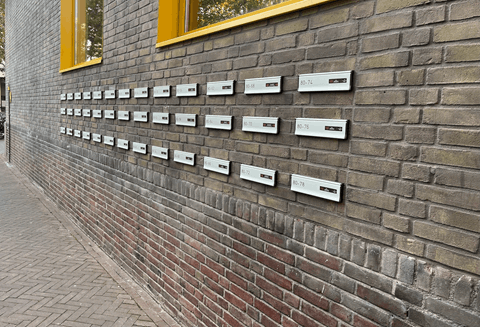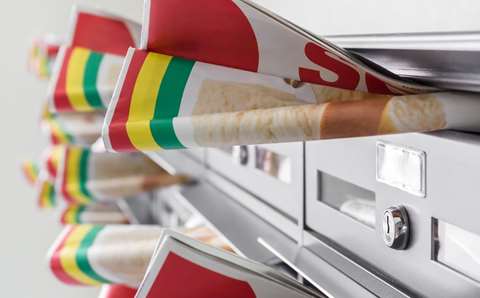Occasional customers drive the change
The effects were not uniform. For households that considered Lidl their primary retailer, shopping behaviour remained steady. But for occasional Lidl customers, the absence of the flyer led to disengagement: expenditures dropped by 8.8%, spending on promoted items by 5.7%, and units of promotional items by 4.3%. These shoppers reallocated their baskets—both promotional and non-promotional—to their main store, making printed flyers crucial for attracting occasional shoppers.
This finding highlights the strategic value of the flyer: it keeps the brand top of mind among infrequent visitors, not just loyal ones. Without this reminder, Lidl lost both visibility and revenue.
Consumers prefer print—and engage with it
The study aligns with broader European consumer behaviour. In several EU countries—such as Belgium, the Netherlands, Germany, and France—print remains the preferred format for retail advertising. A 2023 bpost study found that 60% of Belgian consumers prefer printed promotions, and Dutch data show that 54% of people would miss printed flyers if they no longer received them.
Print flyers are often read in shared household spaces, reused multiple times, and scanned for deals with ease. Digital alternatives, by contrast, require active engagement, digital access, and a degree of effort that not all consumers are willing or able to provide.
Arjen van Lin also underlines that printed flyers solve a behavioural challenge for retailers: “It takes effort for consumers to actively open an app or a retailer’s website to look for promotions. Flyers eliminate that step, ensuring visibility. For many retailers, flyers drive a significant share of customer purchases.”
Furthermore, van Lin emphasises that the effectiveness of any medium—print included—should be properly assessed: “I am not a strong advocate of abolishing leaflets. I believe it’s essential to measure how effective they are in each specific context. This applies not just to print, but to every medium.”
Digital flyers: available but underused
Lidl’s digital flyer, available via the “Lidl Plus” app and website, was heavily promoted in Utrecht. Most households had access, and many adopted the digital version after the print flyer disappeared.
But the results were disappointing. Households that had previously used the digital flyer behaved no differently than before. Those who switched to digital around the time the print flyer ended, however, reduced their spend at Lidl significantly, on all fronts.
The study suggests these households adopted the digital flyer out of necessity, not preference, and failed to engage with it meaningfully.







